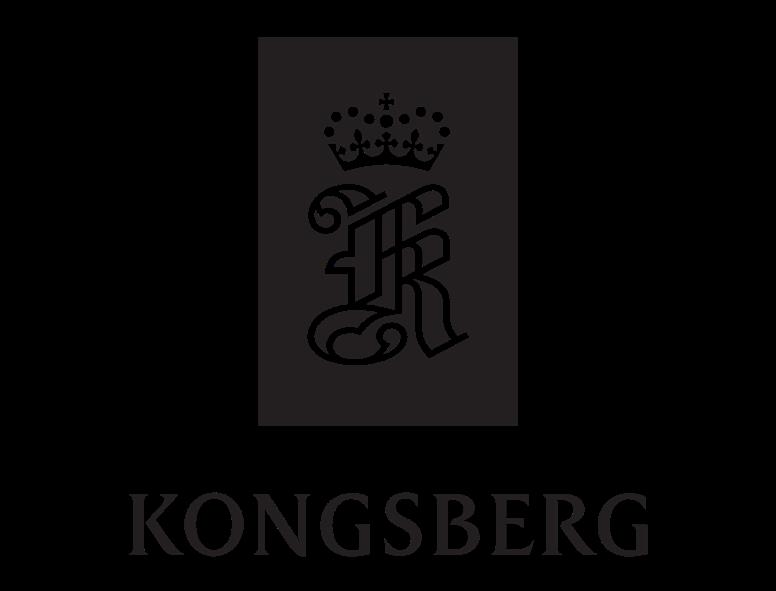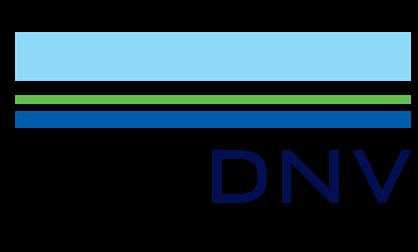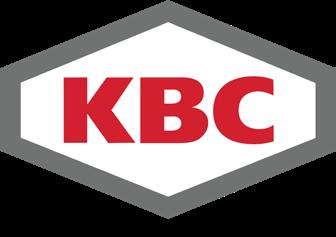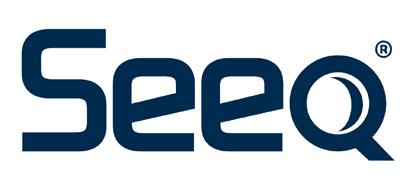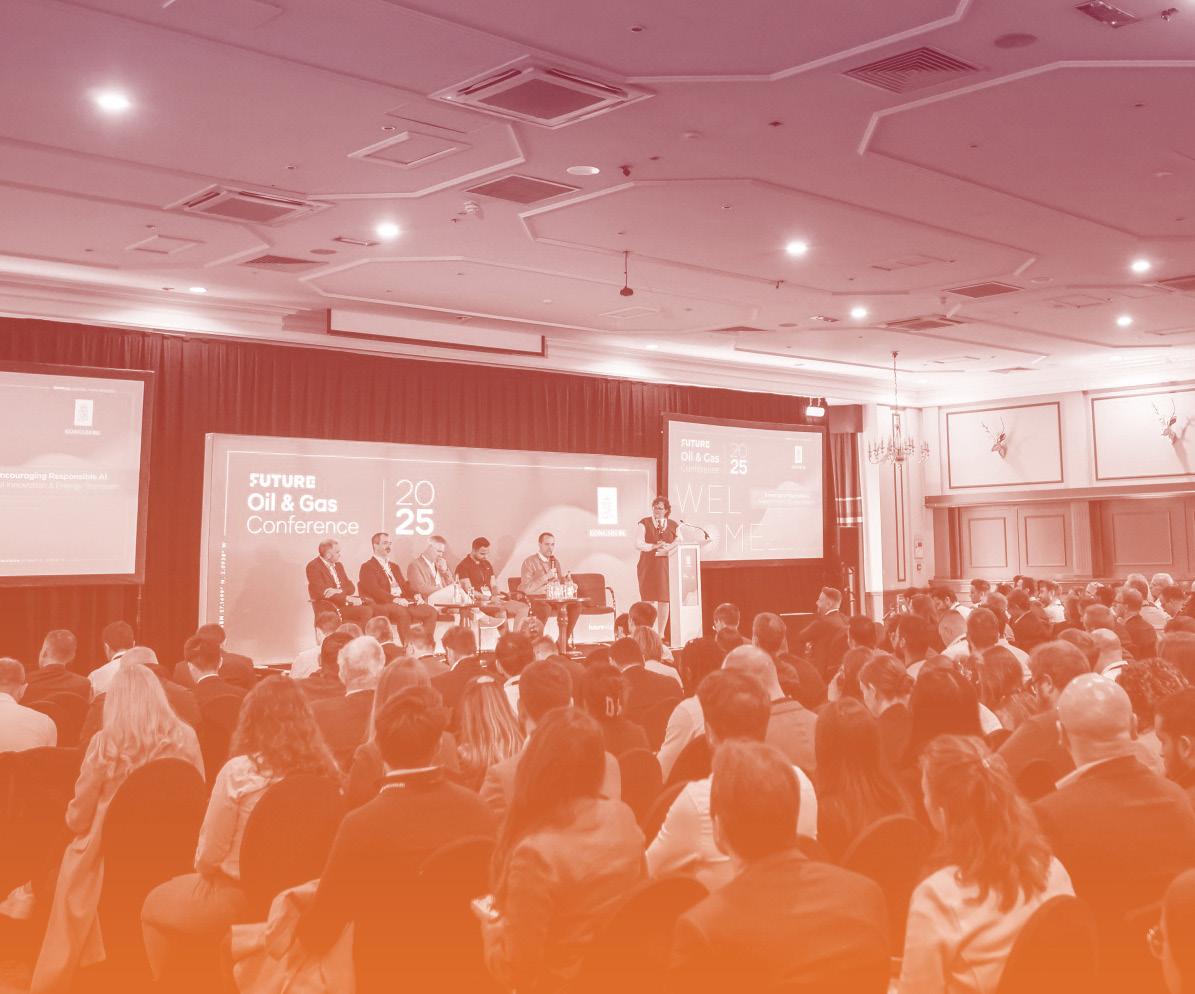

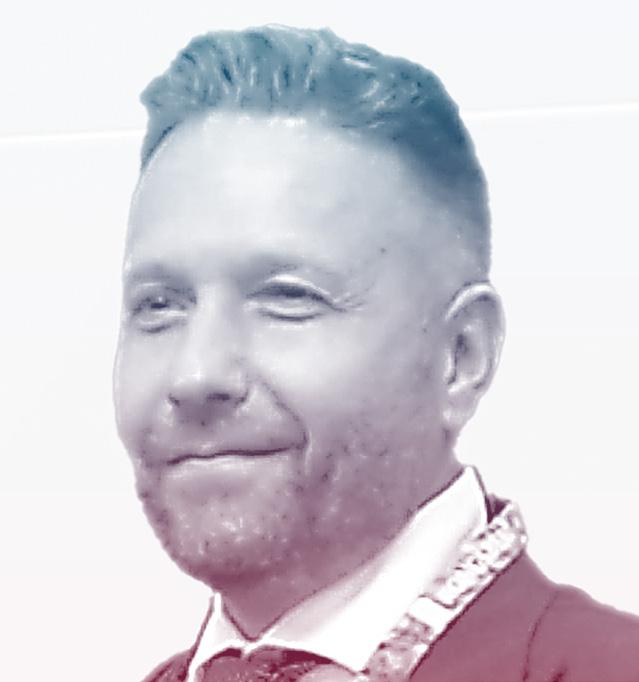




Iwas proud to welcome attendees to the eighth edition of Future Oil & Gas, held once again in Aberdeen - a city synonymous with innovation, resilience, and leadership in the global energy industry. As the energy sector continues to evolve at pace, the conference once again proved to be a vital platform for addressing the real-world challenges and opportunities that lie ahead.
This year’s event was focused on cutting through the hype to showcase actionable strategies for innovation, efficiency, and sustainability. Across two dynamic days, we saw how digitalisation and AI are no longer distant ambitions - they are reshaping our operations, our decision-making, and increasingly, the structure of our workforce.
In my opening remarks, I emphasised that managing the impact of AI within the workforce now requires organisations to fundamentally rethink how talent is developed and deployed. In an AI-driven world, success will rely not only on the technologies we implement, but on how effectively we empower people to work alongside them. The importance of collaboration - between individuals, teams, systems and machines - has never been more critical.
Throughout the event, it became clear that transformation isn’t just about tools - it’s about trust, training, and taking
action. Conversations around data integrity, system integration, and governance reflected a growing maturity in how the sector is approaching digital transformation. Clean, contextualised, and connected data continues to be the foundation of meaningful progress.
Future Oil & Gas 2025 also highlighted the broader cultural shift underway. We are moving from experimentation to industrialisation - where AI and automation are embedded into core operations. But adoption must be purposeful, inclusive, and supported by clear frameworks and continuous learning.
This event brought together an exceptional community of professionals committed to shaping the future of energy - not just through ideas, but through shared action. It was encouraging to see such strong engagement, honest discussions, and a unified desire to drive tangible change.
I hope that all who participated in Future Oil & Gas 2025 found it to be insightful, energising, and above all, useful. We look forward to continuing the conversation - and the progress - in the months ahead.
Sincerely,
Adam Soroka CEO of Cavendish Group International
The Future Oil & Gas 2025 conference, organised by Cavendish Group International, brought together hundreds of energy and technology professionals in Aberdeen, Scotland, on June 25–26 to explore how AI, digitalisation, and automation are transforming upstream oil and gas while accelerating the energy transition responsibly.
chains and real-time analytics to autonomous operations – alongside discussions on cyber security, data quality, and workforce readiness.
Now in its eighth year, the flagship event was held at Ardoe House Hotel and attracted a diverse mix of attendees, including operators, service providers, EPCs, drilling firms, exploration specialists, academics, and technology innovators.
Themed “Encouraging Responsible AI,” the conference focused on leveraging cutting-edge technologies to drive operational efficiency, reduce emissions, and future-proof the offshore sector – all while ensuring AI is deployed transparently, ethically, and with workforce trust at its core.
This year’s agenda covered a broad range of topics critical to the future of oil and gas. Key themes included incorporating AI and measuring the risks of digital solutions – from supply

Sessions also explored the practical application of technologies such as Retrieval-Augmented Generation (RAG) and large language models, as well as digital twins and open architecture, change management, operator case studies, enabling the energy transition through carbon capture utilisation and storage (CCUS), and tackling the energy trilemma.
Opening the event, Adam Soroka, CEO of Cavendish Group International, emphasised the profound impact AI will have on the workforce:
“It’s clear that managing the impact of AI in the workforce requires organisations to really rethink their workforce compositions, especially in relation to how talent needs to evolve in an AI-driven world where enabling collaboration effectively with these technologies will be paramount.”
Here’s what
the
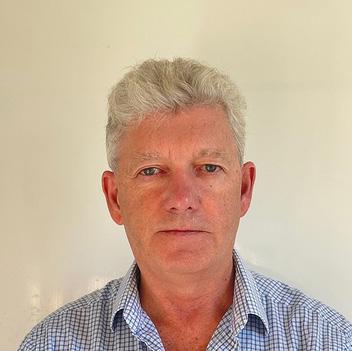
GRAHAM MCHARDY, Controls and Systems Engineering Lead Technology R&D at Seeq Corporation, shared practical strategies for building confidence in AI-generated insights:
“AI-generated results have to be tested. Validate half your data and model the rest. Then ask AI for justification. AI can refine itself over time, but continuous validation is key.
A gradual, step-by-step introduction builds confidence and ensures the insights are reliable.”
He concluded: “AI will not replace subject matter experts but can empower them.”

EDMARY ALTAMIRANDA, Controls and Systems Engineering Lead Technology R&D at Aker BP, argued that trust lies at the heart of every barrier to AI adoption:
“Whether it’s fragmentation or fear of displacement, at the heart of it lies a lack of trust. To move forward, we need to engineer trust, just as industries like aviation and aerospace have done. By digitalising and even automating qualification processes, we can raise competence, build confidence, and inspire people to embrace change.”

SOFIA SILVESTRE, AI Delivery Manager at Galp, addressed barriers to AI industrialisation in oil and gas – from infrastructure constraints and cybersecurity risks to regulatory compliance and cultural resistance – in her talk “From Pilot to Production.”
Her message was clear:
“There is real hope for the future in using AI. We must not fear the scale of AI if we apply these four pillars in its use and development.”
She also underlined the critical importance of data integrity:
“Clean, reliable data is the foundation of any meaningful digital transformation. Rogue data – data that’s inconsistent, unverified, or out of context –undermines trust and makes it impossible to extract real value.

SHEHZAD REHMAN, Global Head of IT & Technology at INEOS, emphasised the human side of digital transformation:
“Successful digital transformation starts with understanding who you’re dealing with—their mindset, their culture, and how they respond to change. Without that context, even the best technology won’t land.”

ODDBJORN LARSEN,
VP Drilling & Well, Head of Planning Center, Field Life Extension at Equinor, discussed the company’s net-zero ambitions and how AI is supporting delivery:
“Our brain loves stories, and it’s stories that drive innovation. We’re setting ambitious goals for 2035 and net zero in 2050, supported by AI. Collaboration over competition is how we’ll achieve valuable and responsible use of AI”
He outlined how Equinor’s Field Life Extension (FLX) Strategy, launched in 2020, has automated repetitive tasks, freeing up engineers’ capacity. AI and large language models are now embedded within operations planning, transforming data retrieval and decisionmaking.
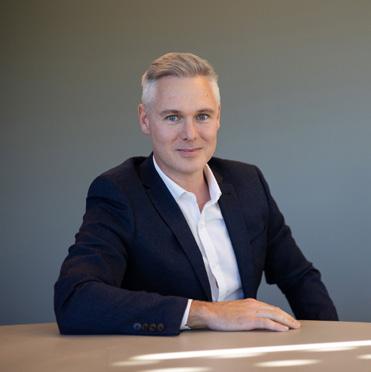
SHANE MCARDLE
CEO, Kongsberg Digital:
“Making technology easy to use is hard. It’s about getting value today for frontline workers with the data we already have. A 24-month minimum is needed to see the value of digital implementation – perseverance is vital..”
He also observed:
“The people who use AI in their day-to-day lives are more secure in their jobs.”
While reiterating the sentiment that:
“We must always be considering how we can do our jobs better?”

JUAN PEDRO BRETTI MANDARANO,
Digital Transformation Global Advisor at Repsol echoed that by acknowledging:
“We have to be humble enough to understand that we aren’t always right – and AI is the same. It’s about achieving what can genuinely be done, not just what we’ve seen on TikTok. Training both the tools and the people who use them is crucial.”
Looking ahead, speakers agreed that unlocking the full value of AI requires clean, reliable data, robust governance frameworks, and a culture of trust and transparency. Workforce upskilling will be critical to ensure employees remain confident and empowered as AI tools continue to evolve.
While AI adoption still faces challenges – and its sceptics – it is set to play a pivotal role in shaping a competitive, safe, and low-carbon offshore sector.

Closing the conference, ADAM SOROKA summed up its practical focus:
“It was great to bring together real use cases, because that’s what people want to hear at an event – what others have actually done, not just the high-level talk. I think we’ve moved beyond that stage.”
260+ registered attendees with deep industry experience
49% likely to attend event again 85% rated the usefulness of the event as excellent or good 73%
15 151 organizations sponsors & exhibitors would recommend the event to others 81%
Carbon Capture and Storage emerged as a central theme, with an expert panel exploring its commercial, technical, and policy hurdles. Susan Mackenzie, Projects Manager, Energy Transition at Spirit Energy, emphasised the urgent need to move away from siloed competition:
“The track process isn’t good enough because it’s driven by competition. We need to shift the dial from competition to collaboration. If we share resources and standardise approaches we can become more efficient, bring costs down, achieve our targets, and drive industrial growth.”
Hooman Haghighi, Global Director of Decarbonisation at Wood, highlighted that while carbon capture isn’t new, delivering it at scale is a different challenge:
“Without the right digital solutions across design and operations, it’s impossible to run efficiently.”
The panel concluded that policy incentives, digital innovation, and industry-wide collaboration will be vital for CCS to meet UK and global decarbonisation goals.
The energy trilemma – balancing affordability, security, and sustainability – demands systemic solutions rather than isolated digital tools. Julia Benbow, Digital Innovation, Fuels & Feedstock at OMV, explained:
“Digitalisation lets us extract and utilise data effectively, creating transparent systems that underpin new business models in the energy transition.”
Similarly, Parisa Bardouni of Aker Solutions challenged attendees to prioritise purpose-driven innovation:
“Don’t just chase the shiny tool – ensure you’re solving the right problem. That’s what will drive meaningful change.”
The conference emphasised that digital and AI integration must be rooted in clear problem statements, operational workflows, and measurable outcomes to truly transform industry resilience and performance.

Digital twins are rapidly evolving from visual representations or monitoring dashboards into critical decisionmaking tools across the oil and gas value chain. Companies are leveraging digital twins to integrate real-time operational data with predictive analytics, enabling proactive maintenance, optimised production planning, and enhanced asset integrity management.
This shift reflects growing maturity in digital twin use cases, expanding their role from passive asset visualisation to active enablers of operational excellence and strategic decision-making.
A recurring theme was that AI adoption enhances, rather than replaces, human expertise. Graham McHardy of Seeq Corporation reinforced this human-centric perspective:
“AI won’t replace subject matter experts – it can empower them. By validating insights and refining outputs over time, confidence in decisions grows.”
Shane McArdle, CEO of Kongsberg Digital, echoed the importance of AI tools being designed to augment frontline work rather than create displacement fears:
“We need to think about how we can do our jobs better? How can we get the frontline workers running their days more effectively? That’s really the focus we try to have.”
While digital solutions are critical, speakers highlighted that cultural transformation is equally essential for successful digital deployment. Shehzad Rehman, Global Head of IT & Technology at INEOS, summarised this reality:
“Successful digital transformation starts with understanding who you’re dealing with – their mindset, their culture, and how they respond to change. Without that context, even the best technology won’t land.”
Integrating new digital tools into legacy infrastructures remains a bottleneck across the industry. Overcoming these constraints requires balancing operational continuity with innovation, often demanding substantial change management and investment in modernising IT architecture and data governance frameworks.
Todd Baker, VP, Alliance & Partnerships at Turnitin, warned delegates of the critical need to uphold credibility and integrity in AI-generated outputs, particularly for technical reports, working documents, and published materials shared externally:
“What we were focusing on is integrity of output, especially things that get published like technical reports or working desks or other types of output sent to other parties. It’s important to have integrity of an output, both in terms of plagiarism as well as with the EU AI Act – that it is representative of regional work and that AI use is declared.”
Baker shared data from Turnitin’s recent research showing 66% of respondents report AI is now widespread in their day-to-day work, moving beyond pilots into core operations. However, this rapid adoption has outpaced governance structures:
“When we look at AI involved with producing a lot of output, the issue is that governance often hasn’t kept pace. We’re trying to do speed, and AI has allowed us to do that with content generation, but the governance and scrutiny aren’t necessarily keeping up.”
He cited the 2023 Sports Illustrated scandal, where AI-generated authors and articles led to CEO and executive resignations, warning of real risks:
42% of organisations reported reputational damage from AI misuse
53% faced legal action
33% experienced job losses
Baker urged companies to close the widening gap between speed and scrutiny to avoid similar pitfalls in industrial contexts.

Adam Soroka, CEO of Cavendish Group International, summarised the optimism and realism shared by many speakers:
“The Future of AI in the oil and gas industry is promising but will be challenging. Data silos and limited digital infrastructure will hinder progress, however as technologies evolve, their integration into digital twins and autonomous systems will increase rapidly. Leak detection, emission monitoring and worker safety enhancement will be key areas of development.”
Ashild Hanne Larsen, VP Subsurface, Excellence & Digital, Equinor
Rolf Einar Saeter, Global Digital Twin Innovation Lead, Shell
Pedro Santos, Head of Data Science, TotalEnergies
Zeeshan Rasheed, Procurement Director, Global Engineering, Brownfields Projects & New Energy Start-Up, bp
Dr Chris Cooper, Executive Advisor, Group Digital & Cyber Security, ADNOC
Glen Milne, Production Systems Manager, Spirit Energy
Julia Benbow, Digital Innovation, Fuels & Feedstock, OMV
Shane McArdle, CEO, Kongsberg Digital
Oddbjorn Larsen, VP D & W, Head of Planning Center, Field Life Extension, Equinor
Shehzad Rehman, Global Head of IT & Technology, INEOS
Ashild Hanne Larsen, VP Subsurface, Excellence & Digital, Equinor
Bilge Atilgan, IT & Digital, Director Global Technology & Optimisation, Upstream & Integrated Gas, Projects & Technology, Shell
Ruchita Puri, Senior Principle AI Compliance & Transformation Specialist, Shell
Rishabh Chopra, AI & Emerging Digital Technologies Lead, Shell
Zeeshan Rasheed, Procurement Director, Global Engineering, Brownfields Projects & New Energy Start-Up, bp
Tony Hunter, 3D Visualisation Consultant, bp
Dr.Edmary Altamiranda , Business Transformational Technology & R and D Lead, Controls & Systems Engineering Aker BP
Glen Milne, Production Systems Manager, Spirit Energy
Juan Pedro Bretti Mandarano, Digital Transformation Global Advisor, Repsol
Julia Benbow, Digital Innovation, Fuels & Feedstock, OMV
Mahad Nadeem Janjua, Data Scientist, Harbour Energy
Ragnar Alstad, Digital Portfolio Manager, Yggdrasil, Aker BP
Einar Landre, Lead Digital Architect, OSDU Focal Point, Equinor
Sofia Silvestre, AI Delivery Manager, Galp • Stuart Houston, Data Scientist, CNOCC
Alastair Reid, Competitor Insights Senior Manager, bp
Grant Blackaby, Lead Integrity Engineer, Ithaca Energy 1
Euan Kennedy, North Sea Improvement Manager, bp
Saad Kisra, Head of Products, CCUS & Hydrogen, SLB
Susan Mackenzie, Projects Manager, Energy Transition, Environmental Compliance Specialist, Spirit Energy
Parisa Bardouni, SVP & CTO, Aker Solutions

David King, Business Development and Sales Manager, NOV
Shane McArdle, CEO, Kongsberg Digital
Ryan Goggin, Strategic Account Manager, Cintoo
Alessandro Speranza, Global Technology Portfolio Manager, KBC
Hooman Haghighi, Global Director of Decarbonisation, Wood
Todd Baker, VP, Alliance & Partnerships, Turnitin
Murray Callander, CEO & Co-Founder, Eigen
Graham McHardy, Senior Analytics Engineer, Seeq
Jessica Villa, Account Executive, Seeq
Steven Chantry, Associate Partner, Former CIO of Shell, Infosys
Amy Turnbull, VP, Digital Operations & Systems Integration, Wood
Rene Mikkelsen, Director, Digital and Unmanned Operations, NOV
Iain Martin, CCUS, Technology Manager, Net Zero Technology Centre
Ajith Achuthankutty, Global BD Director, Brownfield & New Solutions, Process Systems, NOV
Caragh McWhirr, Global Hydrogen Director, Xodus
Ruben Meijas, Senior Technology Consultant, Enablon
Olly Thomas, Director of Advisory Services, Asset Performance Services, EMEA, Bentley Systems
Lars Meloe, Principal Consultant, Digital Trust, DNV
Matthew Celnik, Team Lead, Digital Energy, DNV
John Walden, CTO, Technical Marine Solutions
